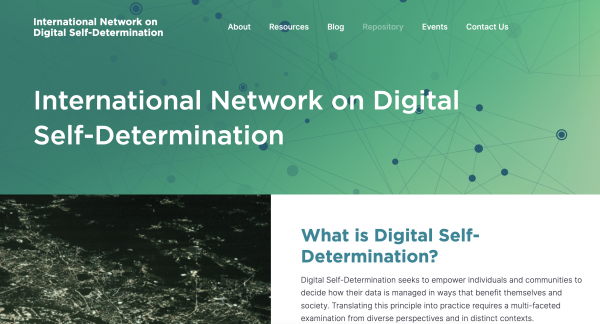Toolkit by UK Policy Lab: “…enabling policymakers to convene stakeholders and work together to make decisions affecting regulation, using serious games. The toolkit will consist of game patterns for different use cases, a collection of case studies, guidance, and a set of tools to help policymakers to decide which approach to take. Work on RegBox is still in progress but in the spirit of being open and iterative we wanted to share and communicate it early. Our overarching challenge question is:
How can we provide engaging and participatory tools that help policymakers to develop and test regulations and make effective decisions? …
Policy Lab has worked on a range of projects that intersect with regulation and we’ve noticed a growing demand for more anticipatory and participatory approaches in this area. Regulators are having to respond to emerging technologies which are disrupting markets and posing new risks to individuals and institutions. Additionally, the government has just launched the Smarter Regulation programme, which is encouraging officials to use regulations only where necessary, and ensure their use is proportionate and future-proof. Because a change in regulation can have significant effects on businesses, organisations, and individuals it is important to understand the potential effects before deciding. We hypothesise that serious games can be used to understand regulatory challenges and stress-test solutions at pace..(More)”.


